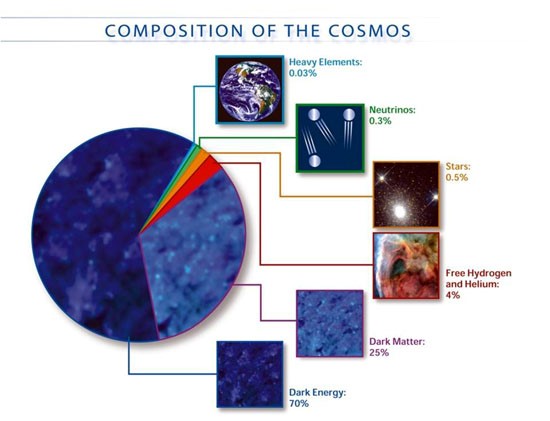In a carefully executed multi-day procedure, the LSST primary/tertiary (M1M3) mirror was successfully placed in its storage container at the Steward Observatory Mirror Lab. The operation went flawlessly and now the $20 million mirror substrate waits for transfer to a temporary storage facility in Tucson where the LSST team will conduct additional integrated testing before final shipment to Chile in the coming years.
The first day of the mirror lift began early, with a thorough review of the procedure including all safety concerns. A lifter composed of 54 vacuum pads was used to transfer the mirror from its polishing cell into its transport container. This lifter, supported by a crane, was positioned above the mirror and lowered very slowly to enable contact of the pads with the mirror. At this point, with the pads no longer in contact with the lifter, the mirror only supported the weight of the pads not the weight of the lifter. After final positioning of the pads, six pumps connected to them were used to create a vacuum under each pad (the pumps are the yellow boxes located on the lifter in the image). After achieving the required vacuum, the pumps were then turned off and the pressure monitored carefully overnight to ensure the leak rate was minimal. This safety step was one part of the many procedures within the lifting process to ensure a safe lift with reliable equipment.
The second day of the mirror lift also began early and again with a thorough safety review. The overnight pressure was verified in each of the lines for all the vacuum pads and the pumps turned back on. Using the crane, the lifter was first raised little by little to re-establish contact with the vacuum pads. At this point, the M1M3 mirror was suspended on the crane. It was lifted very slowly from the polishing cell to clear the thermal injectors, smoothly translated laterally, and positioned above the storage container located next to the polishing cell. The last step was to clock and lower the load to enable bolts to capture the mirror onto the pivot arm supports, which are located in the transport box in the same orientation as the mirror. The overall procedure lasted for most of the day and proceeded smoothly. An inspection of the back of the mirror the following day revealed no problems with the glass and this important milestone was declared a great success.
The LSST team led by Jacques Sebag and the SOML team led by Kurt Kenagy deserve congratulations for flawlessly achieving this critical and complex maneuver.



